
Dutch Income Tax Return
Confused about Dutch tax returns? Our step-by-step guide makes filing your income tax in the Netherlands simple, even for first-time expats! Learn how to maximize your refund today.
How to File Your Dutch Tax Return: A Step-by-Step Guide for Expats
Navigating taxes in a foreign country can be overwhelming, especially when faced with a language barrier and an unfamiliar system. But don’t worry, we’ve got your back! Filing your Dutch tax return (Belastingaangifte) is easier than you think, and we’re here to guide you through the process step by step. Let’s maximize that refund, shall we?
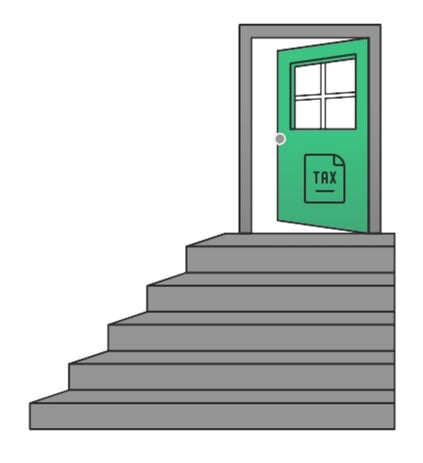

1. Why Do You Need to File a Dutch Tax Return?
Filing a tax return in the Netherlands is an important annual process that ensures you’ve paid the correct amount of tax. The Dutch tax system operates on a pay-as-you-earn model, meaning your employer withholds taxes from your salary each month. However, due to deductions, tax breaks, and varying income situations, you might have paid too much (or too little). Filing a tax return allows the tax office to correct this and ensure fairness.
Additionally, expats often qualify for refunds due to tax benefits like the 30% ruling or deductible expenses related to their move to the Netherlands.
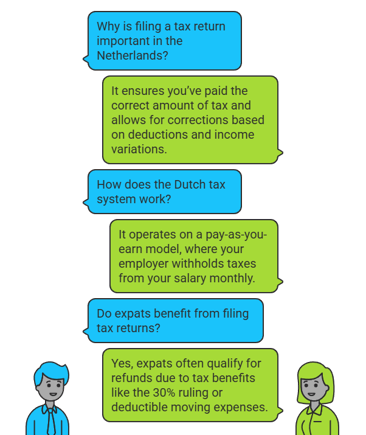

2. Who Needs to File a Tax Return?
The Dutch tax season runs from March 1st to May 1st every year.
If you file before April 1st, the tax office guarantees a response before July.
If you miss the May 1st deadline, you can request an extension.
Expats who arrive or leave mid-year may need to file a M-form, which has a different deadline and must often be filed on paper.
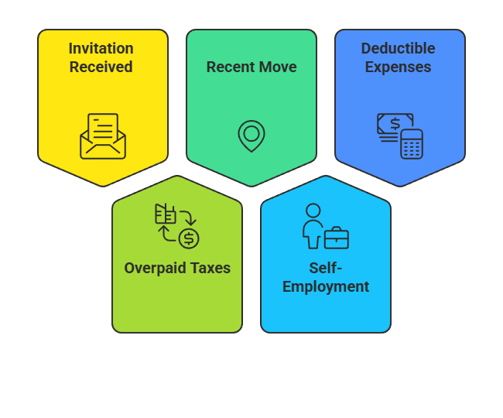

3. When Should You File Your Dutch Tax Return?
Before we get into the how, let’s check if you actually need to file a return. You must file a tax return if:
You receive an invitation from the Dutch Tax Authority (Belastingdienst).
You worked in the Netherlands and overpaid taxes due to salary deductions.
You recently moved to or from the Netherlands within the tax year.
You’re self-employed, own property, or have additional income sources.
You have deductible expenses that might lower your taxable income.
Even if you haven’t been invited, it’s often beneficial to check if you are eligible for a refund. Many expats find that they overpaid and can claim money back!
Do Students Need to File a Tax Return?
Yes! Many international students in the Netherlands work part-time, and their employers withhold taxes from their wages. Since students typically earn below the taxable income threshold, they can often claim a full refund of withheld taxes. So if you’re a student working part-time, it’s definitely worth filing a return.
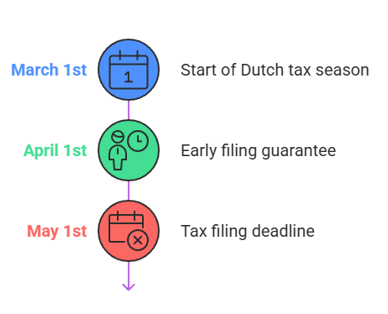

4. Gather Your Documents
Before diving into the tax portal, gather the following essentials:
DigiD login (Your gateway to all Dutch government services. If you don’t have one, apply at DigiD.nl).
Annual salary statement (Jaaropgaaf) from your employer.
Bank account statements (especially for tax-deductible expenses).
Mortgage or rental details, if applicable.
Healthcare and other insurances (for potential deductions).
Receipts for deductible expenses (education, healthcare, home improvement, etc.).
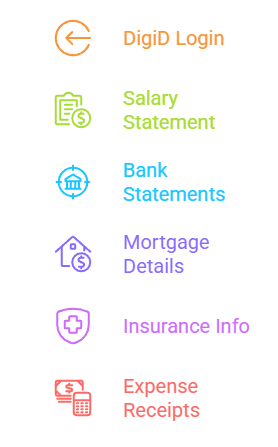

5. Log Into the Belastingdienst and Start Filing
Now that you have your paperwork ready, let’s get started!
Step 1: Access Your Tax Return
Go to Belastingdienst.nl.
Log in using your DigiD.
Click on Inkomstenbelasting (Income Tax) and select the relevant tax year.
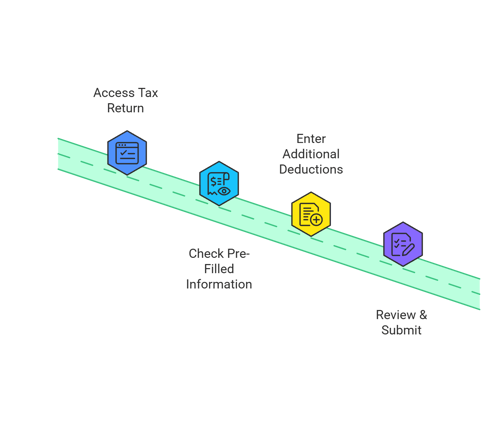

The tax office reviews your return and sends a final assessment.
If you overpaid taxes, expect a refund within a few months.
If you owe taxes, payment instructions will be provided (and you can often arrange an installment plan).
6. What Happens After You File?
Common Pitfalls to Avoid
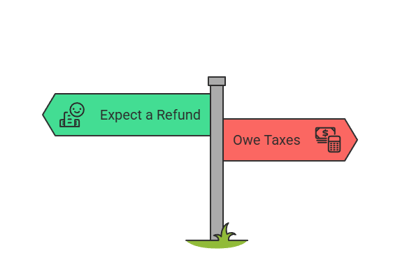

❌ Ignoring the tax return invitation – If you receive one, you MUST file, or risk a fine.


Fun Facts About Dutch Taxes
💡 Did you know the Dutch word belasting means both “tax” and “burden”? No surprise there!
💡 The Netherlands has one of the highest tax rates in the world, but it also provides excellent social benefits like top-tier healthcare and education.
💡 The 30% ruling for expats can help you save a significant amount in taxes. If you’re a skilled migrant, make sure to check your eligibility!
Taxes don’t have to be scary! With this guide, filing your Dutch tax return should be a breeze. Take it one step at a time, and if things get too complicated, consult a tax professional.
Got questions? Drop them in the contact form!
❌ Forgetting to include deductible expenses – Maximize your refund!
❌ Submitting incorrect details – Always double-check the pre-filled data.
Step 2: Check Pre-Filled Information
The Dutch Tax Authority automatically fills in much of your income data. Check the details for accuracy, especially:
Your salary details
Taxable income sources
Previous employment history (if applicable)
Step 3: Enter Additional Deductions & Claims
Here’s where the magic happens! The Dutch tax system allows deductions for:
Healthcare costs (beyond standard insurance coverage)
Study expenses (if applicable to your job prospects)
Mortgage interest (for homeowners)
Charitable donations (to recognized institutions)
Step 4: Review & Submit
Once everything is entered, review your return for any errors. If all looks good, hit Submit and celebrate—you’ve just conquered Dutch taxes like a pro!
NetherGuides
Your resource for thriving in the Netherlands.
Contact us
guidesnether@gmail.com
© 2024. All rights reserved.
Top 10 Things to Do When You Arrive in the Netherlands
Daycare, Schools, and Activities in the Netherlands
How to Open a Bank Account in the Netherlands
Residence Types and Registration Process
Housing types and finding a home
Dutch Higher Education
Health Insurance in the Netherlands
Work Permits and Rights in the Netherlands
Essentials for Everyday Life in the Netherlands
Quick Facts and FAQ
